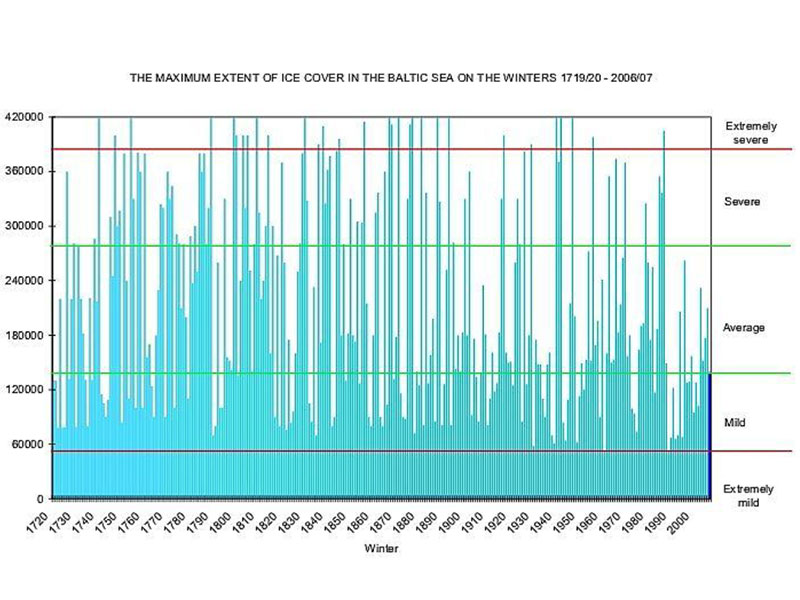ICEWIN
08.19
From 2009 to 2012
The ICEWIN project investigated ice-breaking services in the Gulf of Finland and the impact of interrupted maritime transport during severe winters. Using the general equilibrium model EDIP, TML developed a method to estimate the impact of limited ice-breaking capacity on imports, exports, prices, and production activities.
The need for icebreaking services depends on many factors, such as the severity of the winter, the wind, the technical characteristics of the vessels, and the frequency of traffic. Consequently, and partly because of the limited icebreaker fleet, there is a lot of variation in services. Sometimes vessels have to wait several days for an icebreaker. In the current situation, this undermines the competitive position of the countries around the northern Baltic against other EU member states.
In the ICEWIN project, funded by the European Commission, we investigated how to improve the level of this service.
Herewith the main results of this study:
TML analysed the effect of a severe ice winter, assuming there are not enough icebreakers. For countries like Sweden, Finland, Estonia, etc, the Baltic Sea is important for transport, both for imports and exports. If icebreaking services are hampered or even stopped due to scarce resources, this would have serious consequences for the economies of the countries around the Baltic Sea.
TML's analysis focused on the impact of interrupted maritime transport on
Our main task was to develop a method to estimate these effects using the general equilibrium model EDIP. Given the location and share of maritime imports and exports, we found the largest effect on Finland's GDP. For Poland and Lithuania, the effect on GDP is rather limited. In terms of prices, we see that the changes vary widely between different types of goods. Overall, the domestic price of most locally produced and exported goods falls, as export restrictions increase supply in the country. The prices of most imported goods increase.
This project has received funding from the European Union's Seventh Framework Programme for research, technological development, and demonstration under grant agreement no 234104.
The need for icebreaking services depends on many factors, such as the severity of the winter, the wind, the technical characteristics of the vessels, and the frequency of traffic. Consequently, and partly because of the limited icebreaker fleet, there is a lot of variation in services. Sometimes vessels have to wait several days for an icebreaker. In the current situation, this undermines the competitive position of the countries around the northern Baltic against other EU member states.
In the ICEWIN project, funded by the European Commission, we investigated how to improve the level of this service.
Herewith the main results of this study:
- Looking at winter navigation of the entire Gulf of Finland, the existing capacity of ice-breaking services is not efficiently used.
- Through new types of agreements, the level of service can be improved even with current resources.
- The characteristics of the existing commercial fleet play a crucial role in determining the need for icebreaking.
TML analysed the effect of a severe ice winter, assuming there are not enough icebreakers. For countries like Sweden, Finland, Estonia, etc, the Baltic Sea is important for transport, both for imports and exports. If icebreaking services are hampered or even stopped due to scarce resources, this would have serious consequences for the economies of the countries around the Baltic Sea.
TML's analysis focused on the impact of interrupted maritime transport on
- the import and export of goods,
- the price level,
- consumption, and
- production activities.
Our main task was to develop a method to estimate these effects using the general equilibrium model EDIP. Given the location and share of maritime imports and exports, we found the largest effect on Finland's GDP. For Poland and Lithuania, the effect on GDP is rather limited. In terms of prices, we see that the changes vary widely between different types of goods. Overall, the domestic price of most locally produced and exported goods falls, as export restrictions increase supply in the country. The prices of most imported goods increase.
This project has received funding from the European Union's Seventh Framework Programme for research, technological development, and demonstration under grant agreement no 234104.



